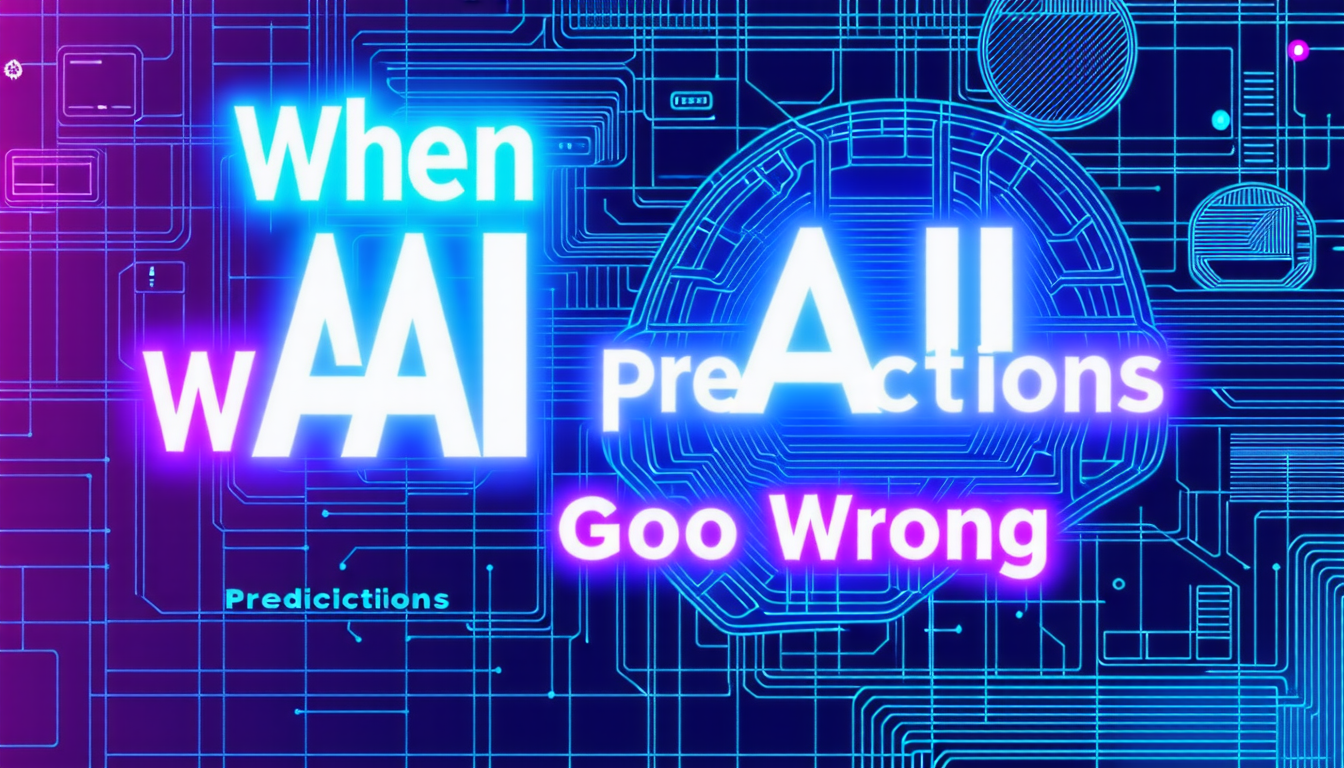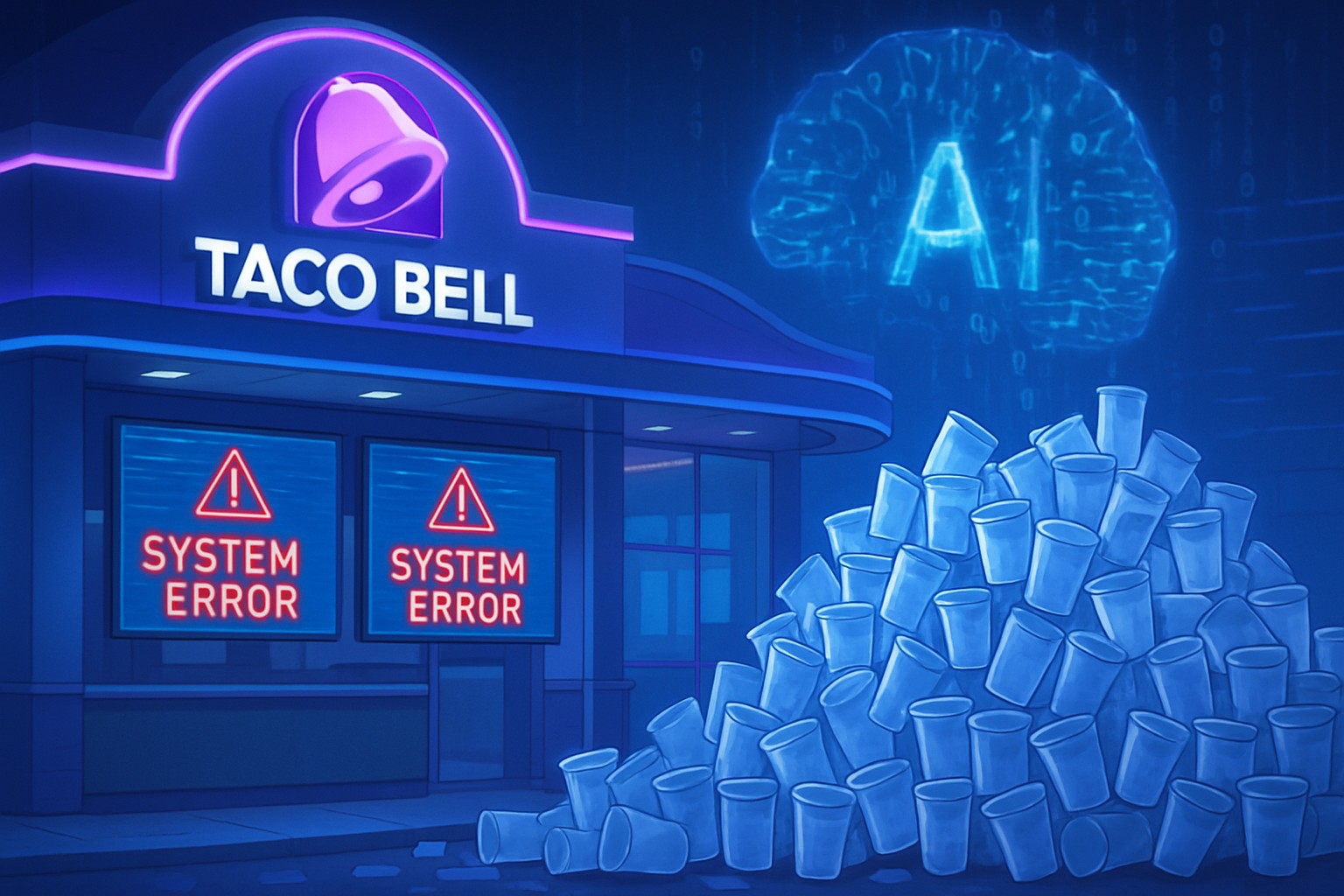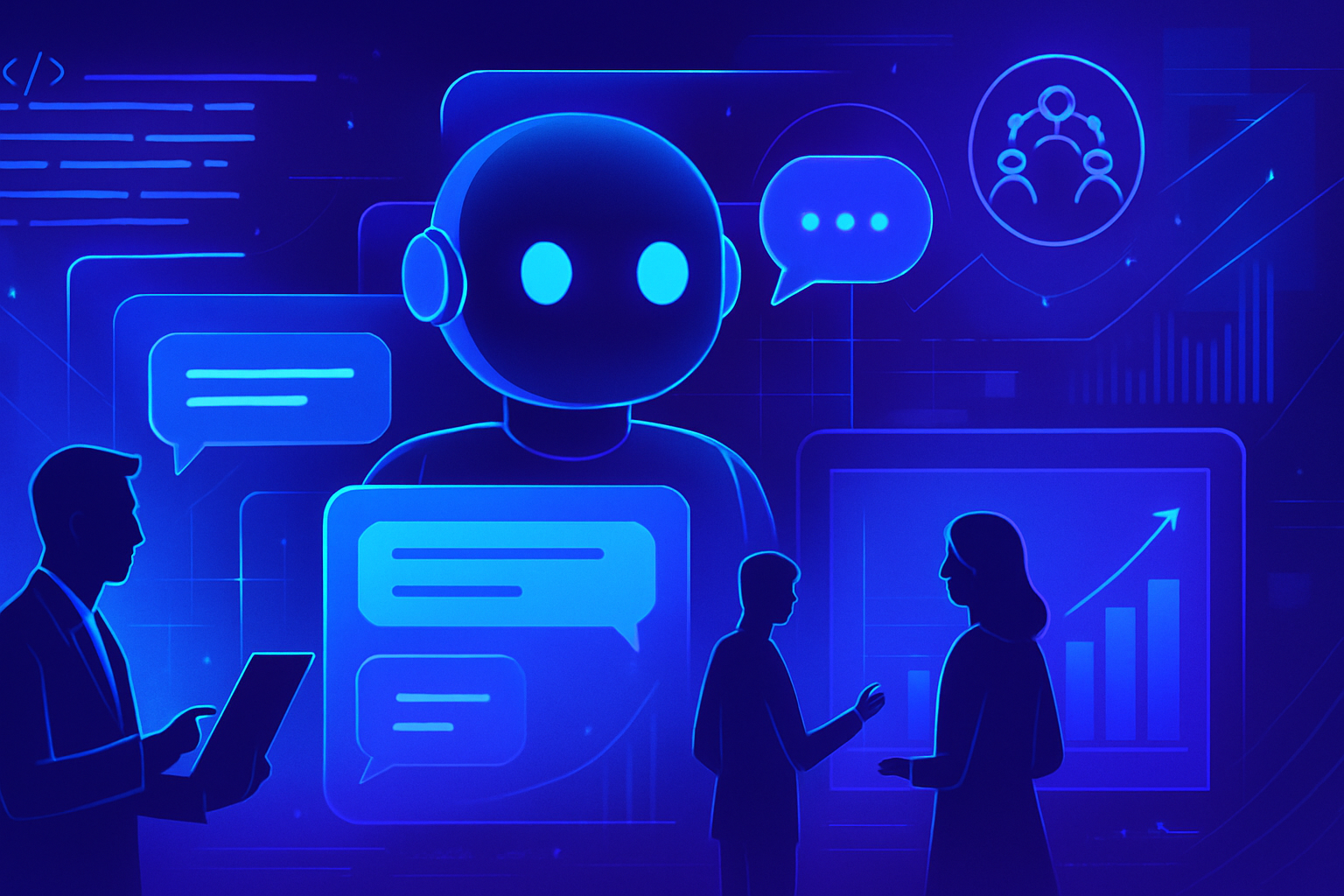Large language models (LLMs) like GPT-3 and GPT-4 are promising but prone to making significant errors, despite their ability to process vast amounts of data and perform various tasks.
These errors arise from training data that may contain inaccuracies or biases, impacting the quality of predictions. Furthermore, models lack critical reasoning and produce responses based on calculated probabilities rather than real understanding.
AI’s poor predictions can have serious consequences, including incorrect medical diagnoses or misguided strategic decisions in business.
To minimize errors, it is essential to integrate validation methods, diverse and unbiased datasets, and develop robust frameworks to ensure ethical and responsible use of AI.
Experts question the “bigger is better” approach that focuses on increasing model size and the volume of training data to improve predictions. Some believe that this increase will not resolve the fundamental issues of logic or AI hallucinations and may even lead to diminishing returns.
The reliability of language models
Large language models like GPT-3 and GPT-4 have generated a lot of enthusiasm because of their impressive capabilities. However, these models are not infallible. Despite their ability to handle large volumes of data and perform various tasks, they still exhibit significant limitations, particularly regarding incorrect predictions. But why and how do these errors occur?
Why errors occur
Language models work by analyzing vast amounts of data and learning from patterns. However, the quality of predictions heavily depends on the training data. If the data contains errors or biases, those flaws will be reflected in the results produced by AI.
Moreover, these models possess neither critical reasoning nor true conceptual understanding. They generate responses based on calculated probabilities rather than real comprehension, which can lead to notable errors, especially when faced with complex tasks requiring logic or creativity.
Consequences of poor predictions
Errors in predictions made by AI can have major consequences. In healthcare, for example, an incorrect prediction can lead to a wrong diagnosis and thus inadequate treatments. In business, an erroneous forecast can lead to poor strategic decisions.
It is crucial not to blindly trust the results generated by AI models. By integrating validation methods and reviewing all results produced by AI, the risk of significant errors can be minimized.
The evolution of models and their limits
Proponents of LLMs like ChatGPT argue that larger models and more training data will significantly improve the accuracy of predictions. However, experts like Yann LeCun and Gary Marcus have raised concerns about this “bigger is better” approach. They believe that increasing size will not resolve the fundamental issues related to logical reasoning difficulties and AI “hallucinations.”
These experts predict diminishing returns as we continue to enlarge existing models without addressing underlying problems. It is essential to invest in innovative research approaches to overcome these limitations.
Efforts to improve models
To limit errors, researchers are working on methods to refine existing models and teach them to avoid common logical traps. For example, by focusing on cross-verification systems to validate AI results, erroneous predictions can be reduced.
Moreover, it is crucial to train models with diverse and unbiased datasets. This strategy enhances the robustness and reliability of the responses provided by AI.
Incorrect forecasts: a reality to manage
Anticipating and managing errors in AI predictions is a complex but necessary challenge. Researchers and professionals must acknowledge the current limitations of language models and actively work to improve them. By adopting a measured and cautious approach, the risks associated with poor predictions can be mitigated.
Developers, users, and regulators must collaborate to create robust frameworks that ensure ethical and responsible use of AI.
FAQ
Q: Why do language models make errors?
A: Language models make errors primarily because they rely on training data that may contain inaccuracies or biases. Additionally, they lack critical reasoning and true understanding, producing responses based on probabilities rather than real comprehension.
A: Poor predictions by AI can have serious consequences, including incorrect medical diagnoses or misguided strategic decisions in business.
A: Researchers are working on methods to refine models, including cross-validation systems and diverse, unbiased datasets, to improve the robustness and reliability of AI responses.
A: The “bigger is better” strategy consists of increasing model size and the volume of training data to improve predictions. However, some experts believe that this approach will not resolve the fundamental issues of logic or AI hallucinations and may yield diminishing returns.
A: To manage errors, it is crucial to integrate validation methods, utilize diverse datasets, and develop robust frameworks to ensure ethical and responsible use of AI.






